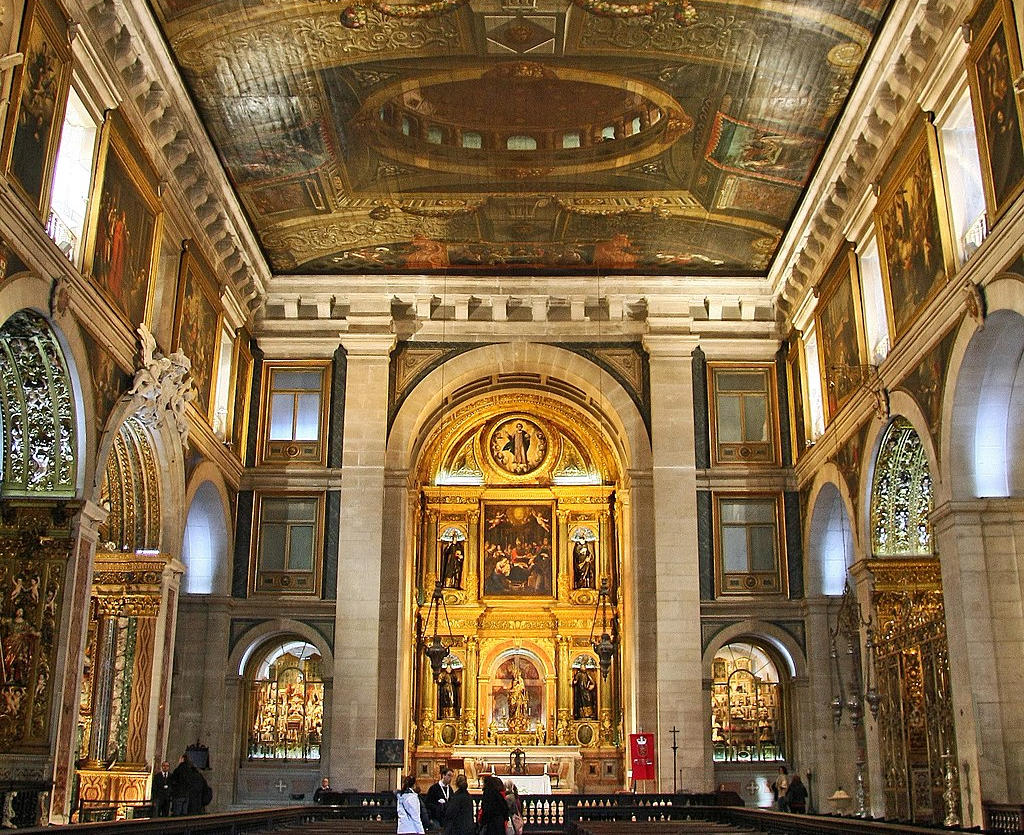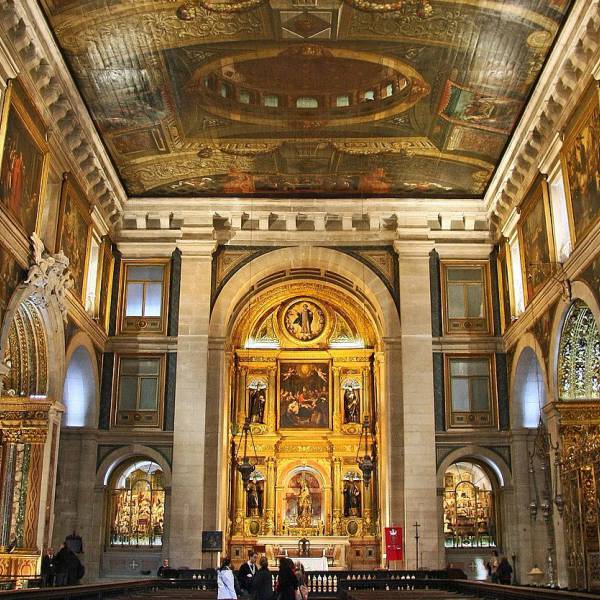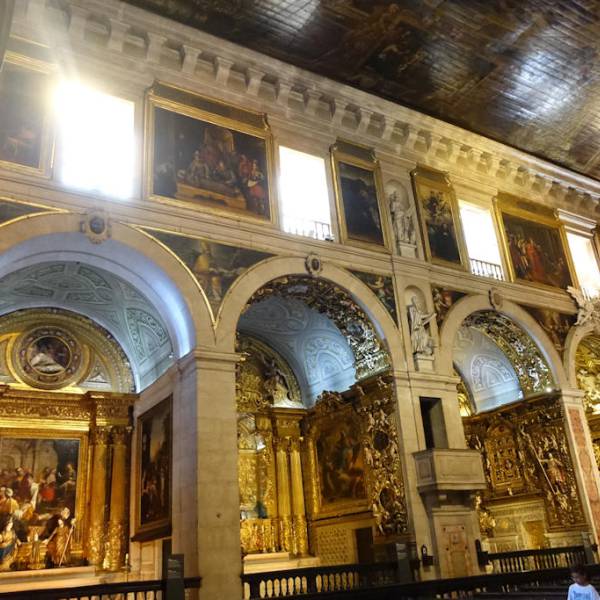The shrine, dedicated on February 25, 1515, became a significant place of veneration and a symbol of hope amidst the plague's devastation. Alongside the shrine, a "Plague Courtyard" was established for the burial of plague victims. In 1540, the Society of Jesus, also known as the Jesuits, arrived in Lisbon at the invitation of King John III. Initially settling in temporary locations, the Jesuits soon set their sights on the Shrine of St. Roch as the site for their main church.
After negotiations with the Brotherhood of St. Roch, an agreement was reached, granting the Jesuits ownership of the shrine while ensuring the retention of St. Roch as the patron saint of the new church. On October 1, 1553, the Jesuits officially took possession of the shrine, marking the beginning of their transformation of the site into a grand Jesuit church.
The construction of the Church of Saint Roch began in 1555, with the vision of creating a monumental structure that aligned with the principles of simplicity and functionality advocated by the Council of Trent. Initially designed by royal architect Afonso Álvares, the building underwent further expansion and modifications under the guidance of Baltasar Álvares and Filipe Térzi. The church's architectural style, known as the "auditorium-church" style, featured a wide single nave, a shallow squared apse, and raised pulpits between recessed galleries over side chapels. This style, characteristic of the Jesuits, became popular and influential, inspiring similar churches throughout Portugal and its colonial towns.
Lisbon.vip Recommends
In 1768, the property was granted to the Lisbon Holy House of Mercy, an institution that had lost its original church and administrative buildings in the earthquake. To this day, the Holy House of Mercy maintains ownership of the site, with the church continuing to serve its religious function. Additionally, part of the former Jesuit residence was transformed into the Museu de São Roque in the late 19th century, providing visitors with insights into the church's history and displaying various artworks and artifacts.
The Church of Saint Roch stands as a testament to the enduring legacy of the Jesuits and their contributions to religious architecture. Its survival of the earthquake, its architectural beauty, and its historical significance make it a cherished cultural and spiritual landmark in Lisbon. Visitors can explore the church, admire its Baroque interior adorned with glazed tiles, gilt woodwork, statues, and paintings, and learn about its role in the religious and social history of Portugal. The Church of Saint Roch remains a symbol of faith, resilience, and artistic excellence, inviting all who enter to appreciate its rich heritage and profound spiritual atmosphere.





